Camera Tip #57: Reviewing Reviews
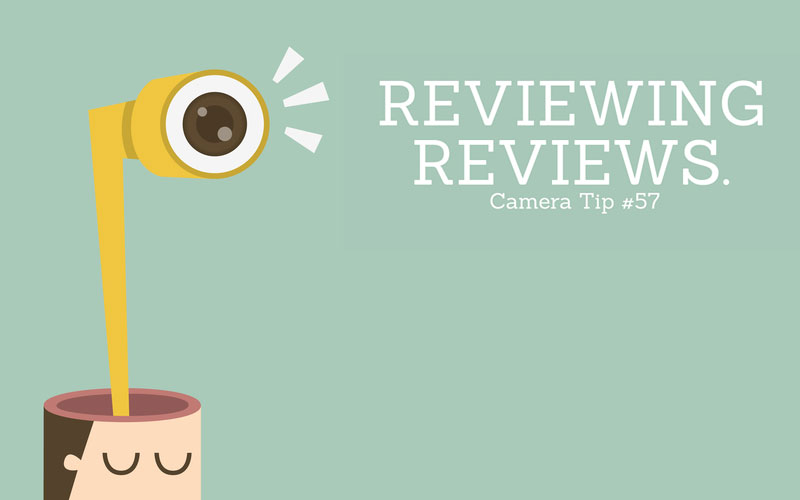
In the age of the Internet, review sites are seemingly everywhere. But how do you know who to trust and

In the age of the Internet, review sites are seemingly everywhere. But how do you know who to trust and
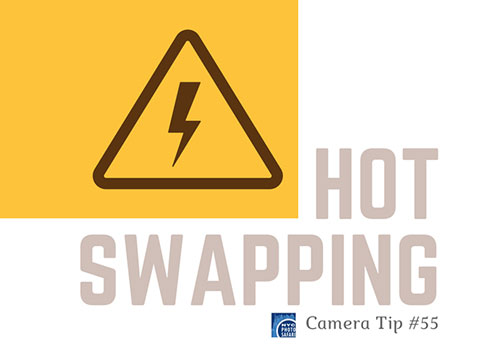
What is hot swapping? Hot swapping is when you engage or disengage your lens or memory card without first powering down your camera. The question is
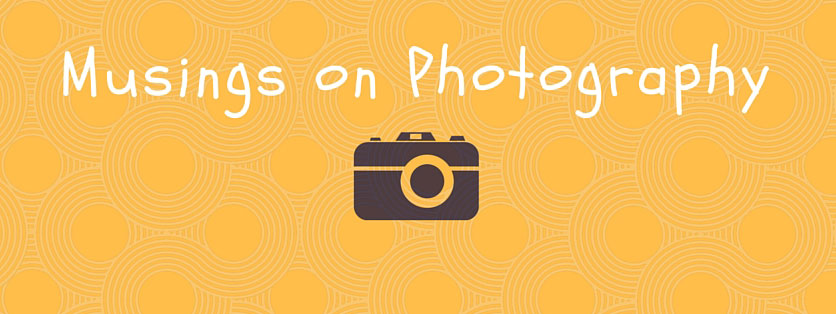
Photography isn't always about taking pictures and it's certainly not about the equipment. Too often photographers are getting
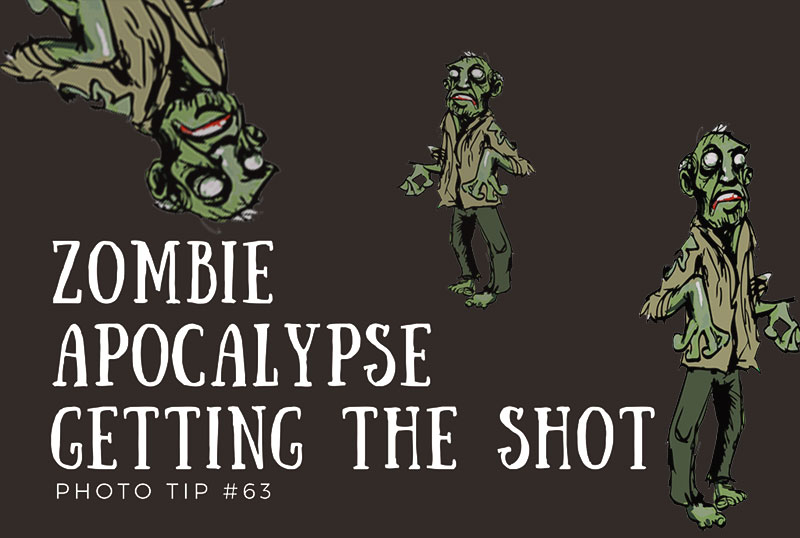
As the zombie apocalypse is apparently impending, now is a great time to address everyone's burning question, How to photograph zombies? Because after
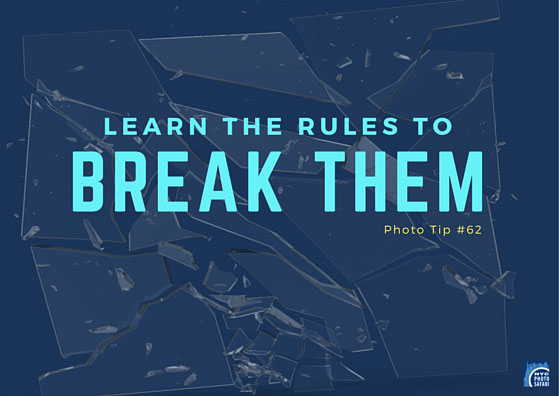
If you have been on a photo safari with any of our photographers you would have heard that the rule of thirds is more of a guideline than a rule. And that painting by
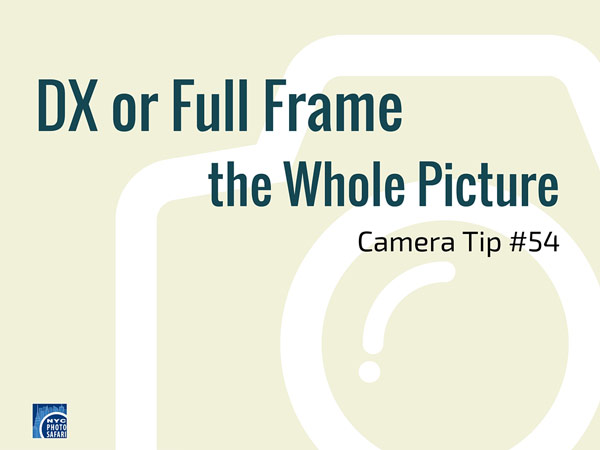
There is a widely held belief that a full frame camera is "better" than a DX (also known as APS-C) one. To put it plainly, it isn't generally. So what are the differences? A full frame sensor is